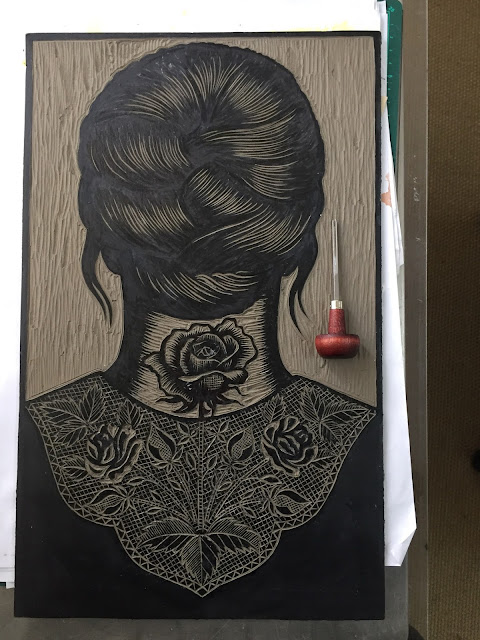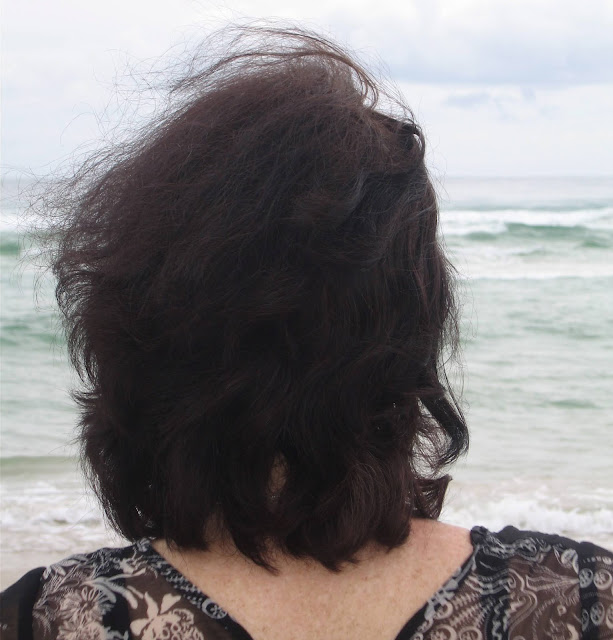'I like a view, but I like to sit with my back turned to it.' Gertrude Stein 1874-1946
Wednesday, November 25, 2020
A visit to Melbourne
Wednesday, November 11, 2020
Looking forward to…
The George Collie APW Award Exhibition at the Australian Print Workshop, a joint survey of my prints and those of fellow award recipient, the late Barbara Hanrahan, has now been confirmed for Saturday, 6 March - Saturday, 3 April 2021.
Revised dates for Backstories, my solo show at Stephen McLaughlan Gallery, were also recently confirmed. The exhibition will run from Wednesday, 7 April - Friday, 23 April. The opening event is on Saturday, April 10 2021.
My residency at Geelong Grammar remains penciled in for May 2021, dates TBC.
As previously posted, my solo show at Queenscliff Gallery will run from Sunday, June 3 - Monday, June 21 2021.
Dates for a third solo show, at Gallery on Sturt in the second half of 2021, are still TBC.
The above information may be subject to further changes. Nevertheless, as things gradually open up in this part of the world, it’s heartening to have something more concrete to work towards.
In that spirit, pictured top is my newly completed drawing, Looking forward, 2020, ink and gouache on Khadi paper, 21 x 15 cm.
Saturday, November 7, 2020
Rückenfigur
 |
| Deborah Klein, current work in progress, a triptych as yet untitled. Acrylic on linen, 40.5 x 30.5 cm (each panel). |
I have to stay alone in order to fully contemplate and feel nature. The painter should paint not only what he has in front of him, but also what he sees inside himself.
- Caspar David Friedrich
Recently I discovered by sheer chance that the dominant motif in my work for well over two decades has a name. It’s “Rückenfigur”, or “figure seen from the back”. Why did I not know this before? The subject dates from antiquity, but the term originated in the German Romantic Movement of the 19th century and is most closely associated with the painter Caspar David Friedrich, whose work I’ve long admired. In fact, his paintings were the main catalyst for my current body of work, a series of anonymous figures I call “Journeywomen”.
 |
| Caspar David Friedrich, Wanderer above the Sea of Fog, 1818. Oil on canvas, 94.8 x 74.8 cm, Kunsthalle Hamburg. |
The history of figures viewed from behind spans the entirety of visual culture, including graphics, cinema and photography. Among the painters who have employed the Rückenfigur in their works are Rene Magritte, Man Ray, Salvador Dali, Gustave Courbet, Jean-Auguste-Dominique Ingres and, most notably and consistently, another of my favourite artists, Vilhelm Hammershøi.
 |
| Vilhelm Hammershoi, Interior with Young Woman Seen from the Back, 1904. Oil on canvas, 60.5 x 50.5 cm, Randers Museum of Art. |
What's in a name? That which we call a rose
By any other name would smell as sweet.
- William Shakespeare, Romeo and Juliet, ca 1597.
I’m fairly well versed in the ever-evolving history of “rear view portraits,” yet this feels like a real light bulb moment. I am amazed at how empowering it is to to know that there is a collective name for them. To my mind, it validates and unifies this somewhat scattered tradition. Moreover, the Rückenfigur addresses a particularly divisive time in our history, when our state of disconnection - from ourselves, from each other and from the natural world - seems greater than ever before.
Only connect! That was her whole sermon. Only connect the prose and the passion, and both will be exalted, and human love will be seen at its height. Live in fragments no longer. Only connect, and the beast and the monk, robbed of the isolation that is life to either, will die.
– E. M. Forster, Howards End, 1910.
Photo credit for above image: Shane Jones.
Sunday, November 1, 2020
Lost and found
This painting was missing, presumed lost, for a couple of years. In the months following last year’s move, I discovered it in a storage box we had believed to contain packaging materials. (It did, but the individual components of the painting were safely packed underneath).
The work was a finalist in the Geelong Painting Prize in 2002 and toured in the curated group show, ‘The enchanted forest - new gothic storytellers,’ in 2008-2009.
I even wrote a fairy tale based on it. An early draft of the story was published in my first blog post. You can read it HERE. The final version of the tale was subsequently included in my book, There was once... the collected fairy tales (2009).
I’d more or less resigned myself to never seeing the painting again, so much so, that I still find it hard to believe it’s back in my possession.
Pictured top: Swarm, 2002, acrylic on 32 oval canvases, paired. Large: 25 x 20 cm each; small: 15 x 20 cm each. Overall dimensions approx. 172 x 194 cm.










